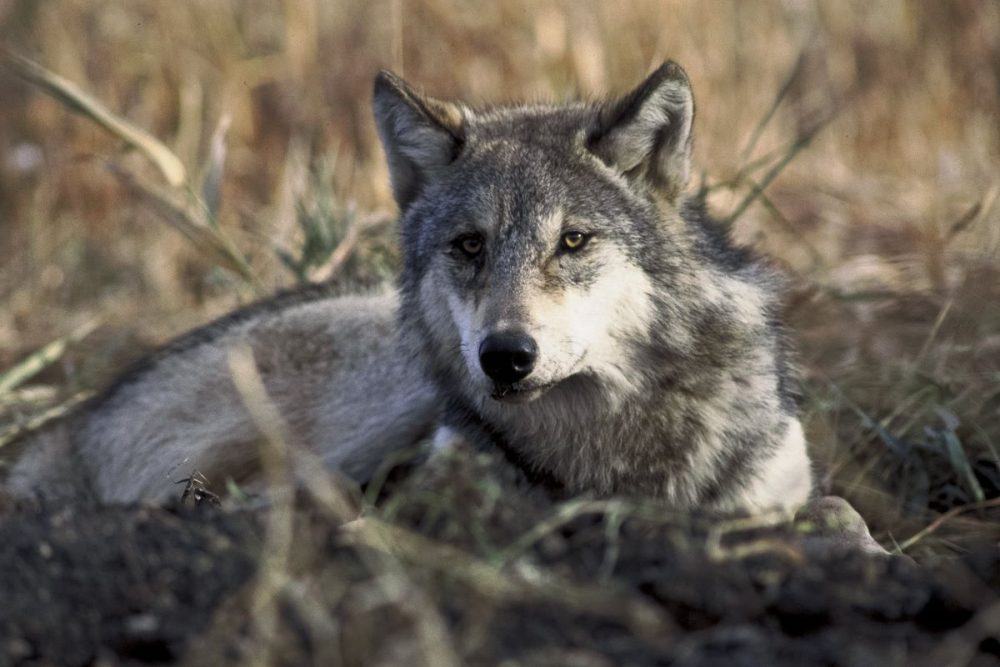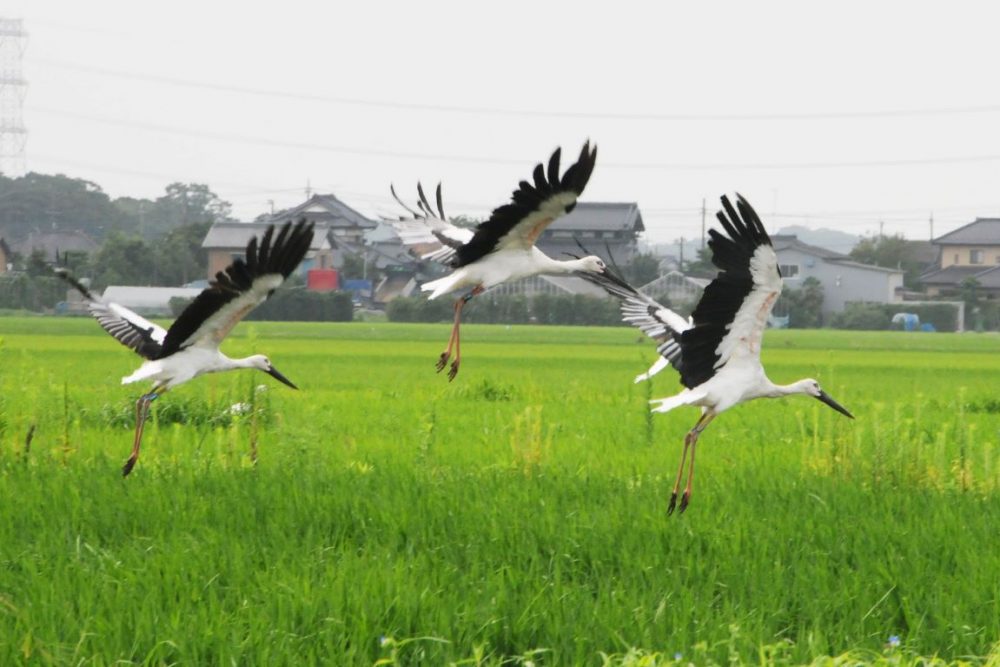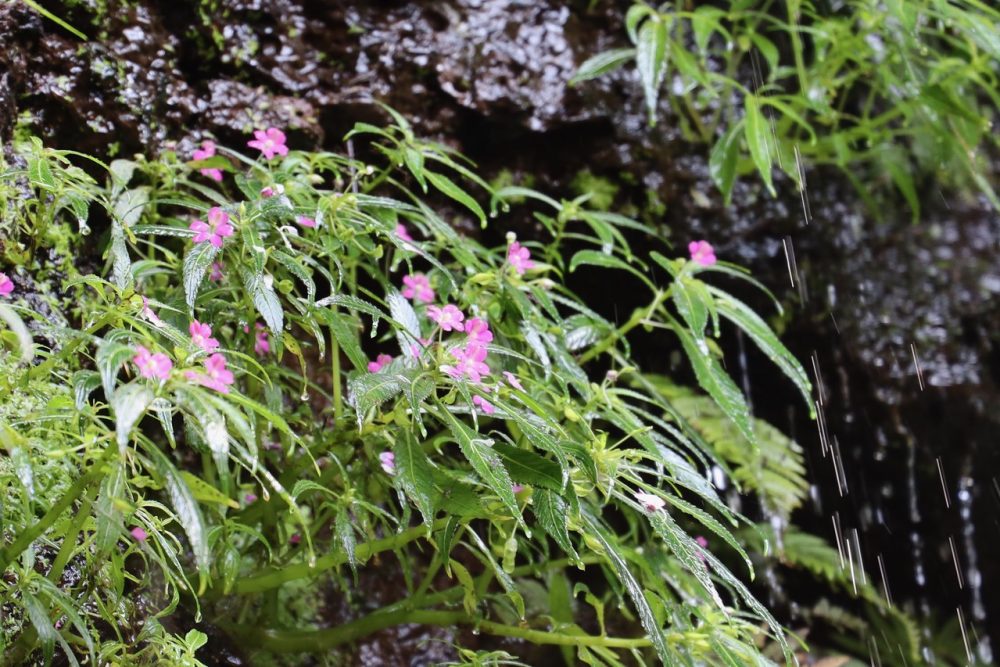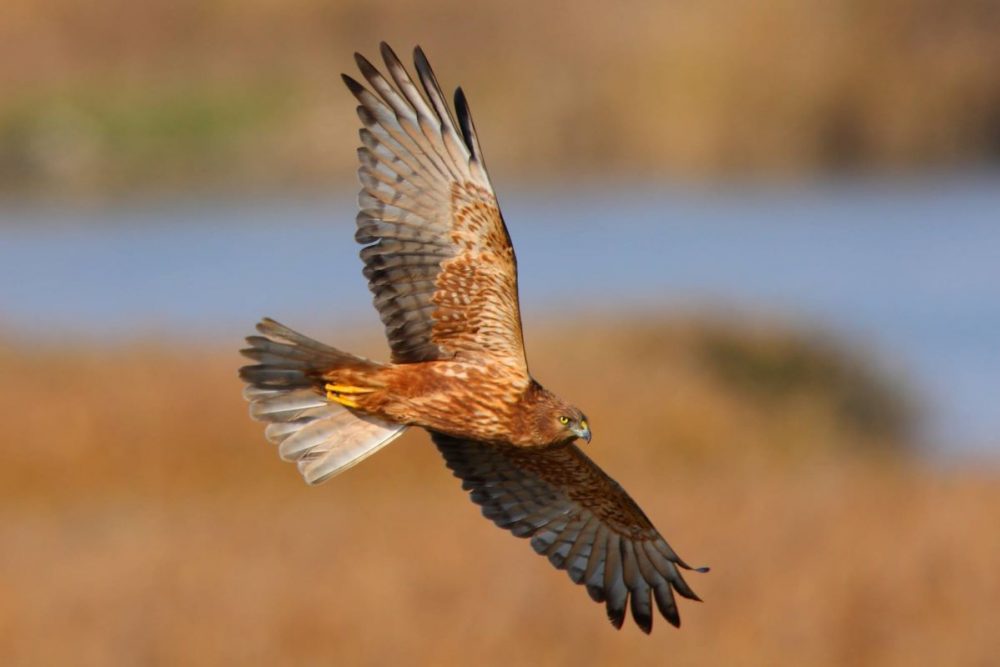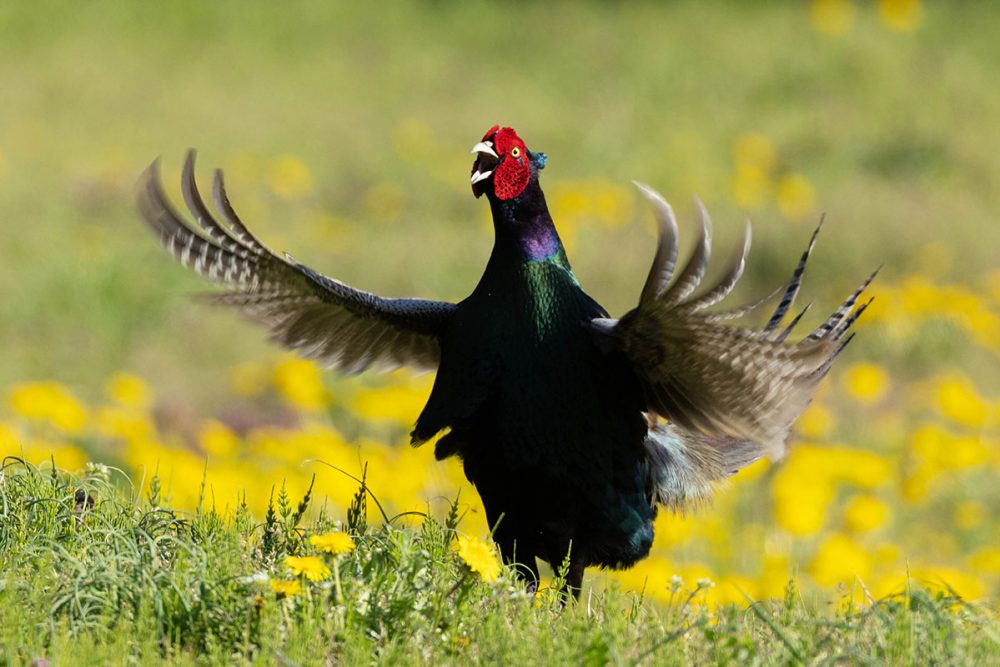Sado Wildlife in Focus | First Crested Ibis Nest Confirmed as Spring Arrives in Full Bloom
Spring has come to Sado Island! The 8th installment of photojournalist Fumie Oyama's series features the crested ibis against a backdrop of flowers.
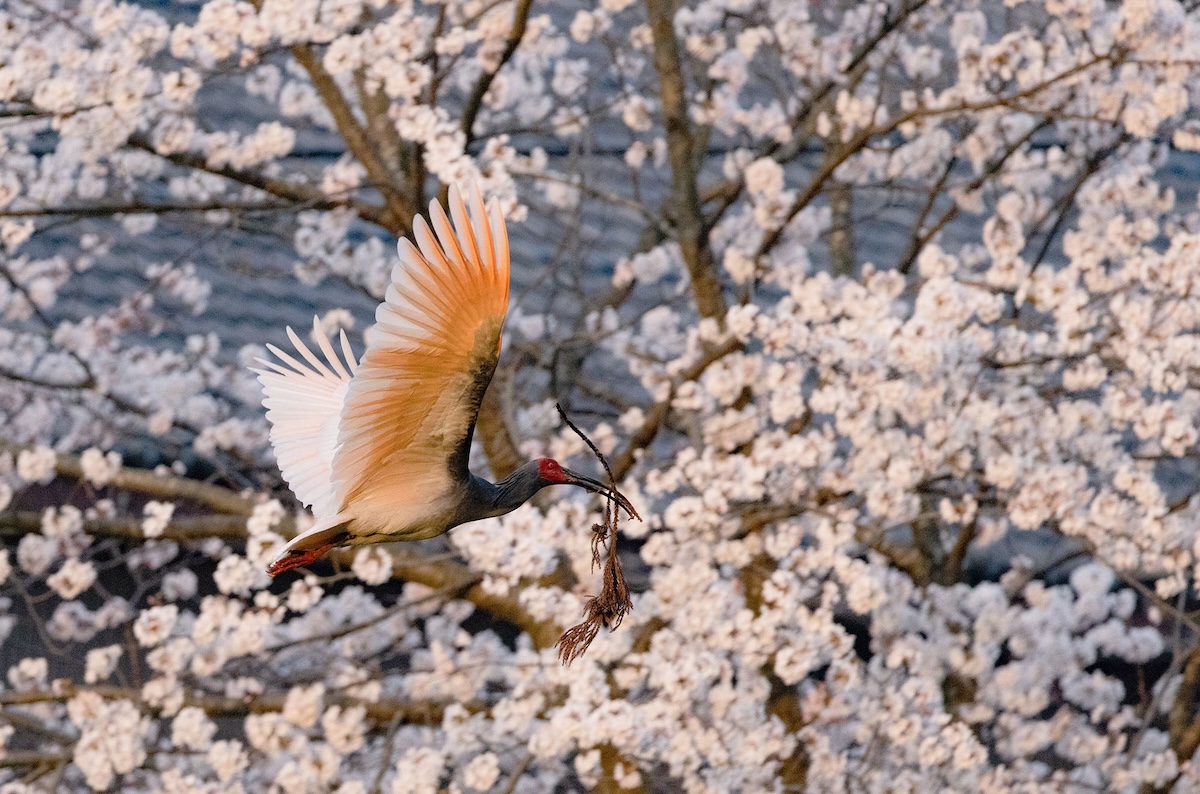
このページを 日本語 で読む
Spring has arrived on Sado Island in the Sea of Japan. Crested ibis continue to diligently transport branches and twigs to build their nests. On March 21, the Ministry of the Environment's Sado Nature Conservation Office made an announcement. They confirmed the first successful nesting and incubation of the season.
Preparing the Nest
Warm days continue on Sado as people busily prepare for the rice planting season. The crested ibis are likewise tirelessly engaged in nest-building in preparation for laying eggs and hatching their young.
On March 21, an ibis couple consisting of a 7-year-old male and a 6-year-old female were observed nesting high in a tree. According to the Sado Nature Conservation Office, one of the birds appeared to be incubating its eggs.
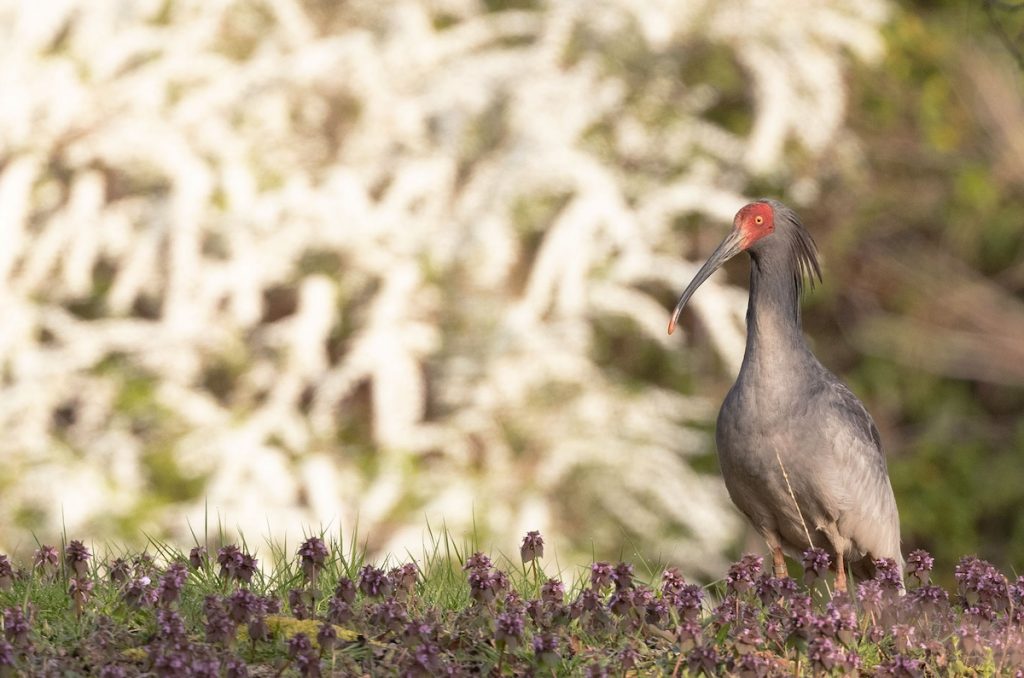
Incubation for the crested ibis lasts about one month. If all goes well and the eggs do not fall prey to crows or martens, the chicks will hatch. But we humans cannot intervene in this process, so we must leave it up to Mother Nature.
What Makes a Male Ibis Attractive?
During its breeding season (January to June), the crested ibis secretes a black substance from its neck. This sticky substance spreads over its head, wings, and back, turning the bird ash black. This phenomenon is seen in both males and females.
Particularly for males, dark coloring is considered a defining factor in attracting a female mate. Another important feature seems to be the male bird's size – with larger birds having an advantage. However, attraction cannot be explained by these traits alone.

I recently spoke to Yoshinori Kaneko, a veterinarian who has worked at the Sado Japanese Crested Ibis Conservation Center for over 30 years. I asked Kaneko what makes a male ibis "attractive" to a female.
He explained that in addition to the two advantageous traits mentioned above, gentle behaviors like grooming a female's feathers also make the male more appealing.
Even after two ibis couple up, other males sometimes interfere. Some males are known to peck at females to demonstrate their dominance, comparable to domestic violence in humans.
However, the choice ultimately lies with the female. In the long run, aggressive males have a hard time leaving any offspring.
Interestingly enough, "dark, large and gentle" are the ideal traits of an attractive male crested ibis.
The Best Photography Season
Spring is my favorite season. And while it wasn't easy getting out to shoot photos at 5 a.m., I captured some great shots of ibis and flowers.
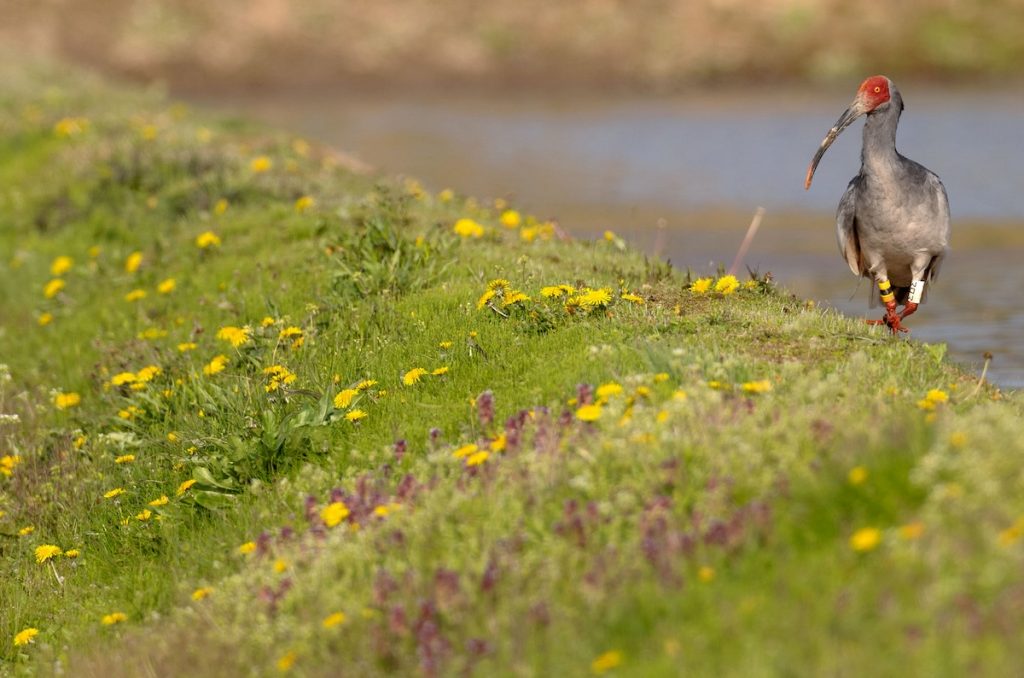
When a crested ibis spreads its wings, its feathers are a beautiful pink-orange hue. But they are so dark during this season that one could almost mistake them for crows.
Click here to read more Sado Wildlife in Focus photo essays by photojournalist Fumie Oyama.
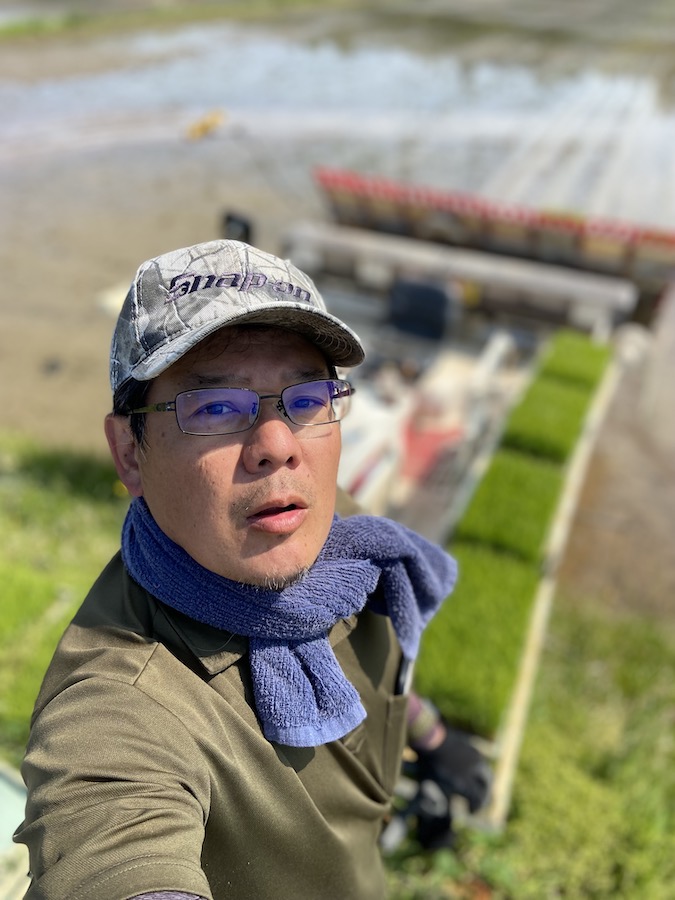
Fumie Oyama is a two-time winner of the Japan Newspaper Publishers & Editors Association Award as a photographer for the Sankei Shimbun. After covering the reintroduction of the crested ibis to the wild for 11 years, Oyama left the company in 2020 to move to Sado Island. There, he continues to photograph the ibis and other wildlife while engaging in farming. He currently promotes the charms of Sado Island as a photojournalist. Follow Fumie Oyama on Instagram.
このページを 日本語 で読む






